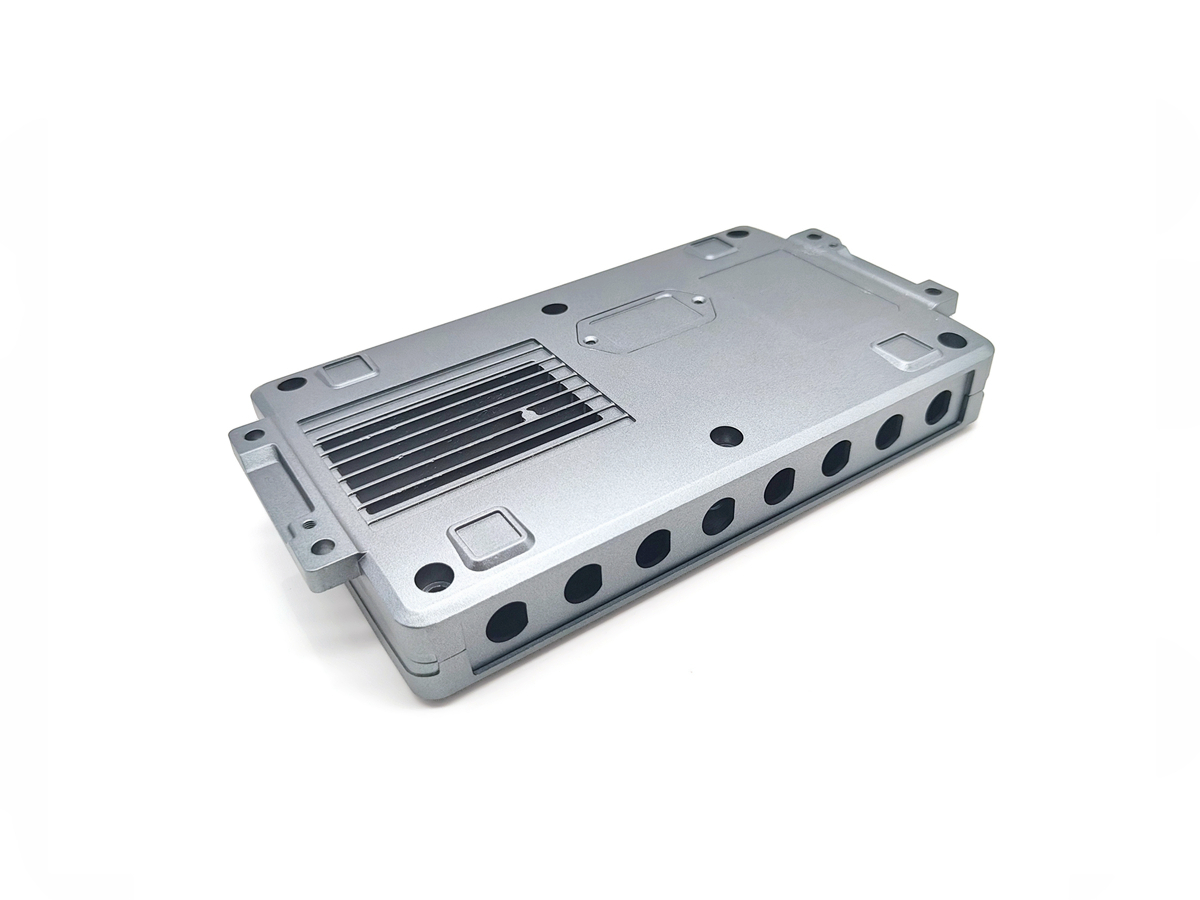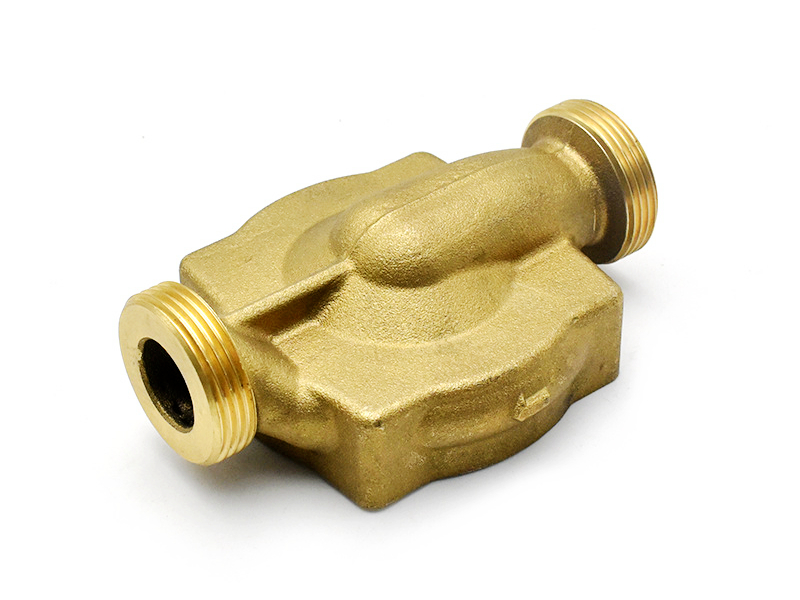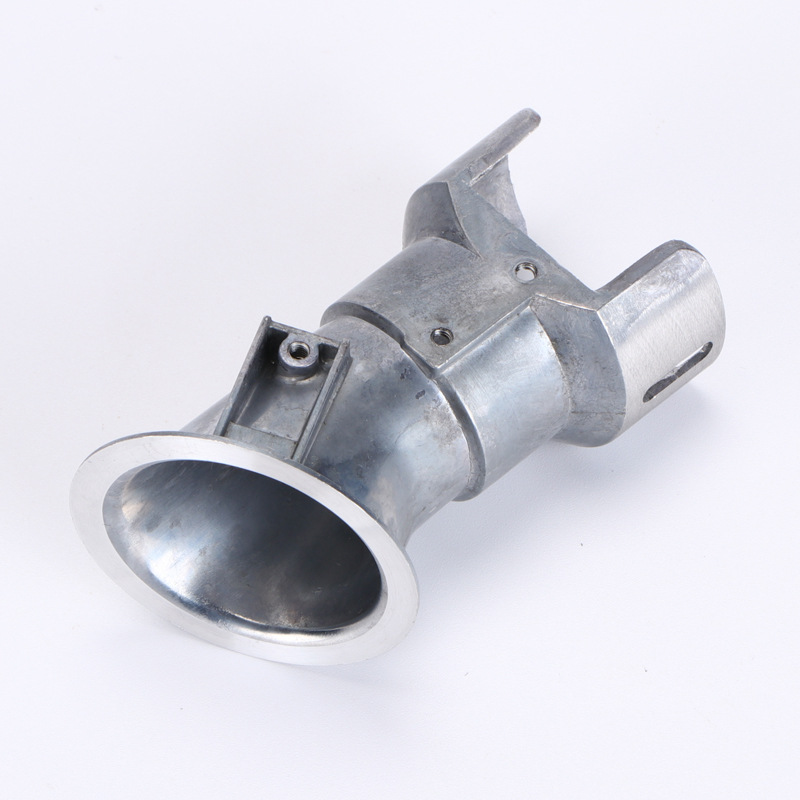Copper Brass Alloys
Copper Brass alloys are widely used in die casting due to their excellent strength, durability, and resistance to corrosion. With a unique combination of copper and zinc, brass alloys offer superior mechanical properties and are ideal for producing precision parts that require high performance and aesthetic appeal. These alloys are commonly used in automotive, plumbing, electronics, and aerospace industries.
At Neway, we provide high-quality Copper Brass die casting services, delivering precision-engineered parts with excellent mechanical strength, dimensional accuracy, and corrosion resistance. Our advanced CNC machining, tooling, and surface finishing services ensure the highest quality results.
Description
Copper Brass alloys offer a combination of strength, corrosion resistance, and excellent machinability, making them ideal for a wide range of precision die casting applications.
Key Characteristics of Copper Brass Alloys
Copper Brass alloys typically contain copper and zinc, with small amounts of other elements like lead, tin, or iron to enhance certain properties. The most commonly used Copper Brass alloys include C360, C280, and C385, each offering different strengths, corrosion resistance, and machinability.
Property | C360 Brass (Free-Cutting Brass) | C280 Brass (High-Strength Brass) | C385 Brass (Leaded Brass) |
|---|---|---|---|
Density | 8.5 g/cm³ | 8.6 g/cm³ | 8.7 g/cm³ |
Ultimate Tensile Strength | ~520 MPa (75,400 psi) | ~480 MPa (69,600 psi) | ~450 MPa (65,200 psi) |
Yield Strength | ~220 MPa (31,900 psi) | ~210 MPa (30,450 psi) | ~200 MPa (29,000 psi) |
Elongation at Break | ~25% | ~15% | ~20% |
Thermal Conductivity | ~120 W/m·K | ~130 W/m·K | ~130 W/m·K |
Coefficient of Thermal Expansion | ~19.0 µm/m·°C | ~19.5 µm/m·°C | ~19.0 µm/m·°C |
Brinell Hardness | ~120 HB | ~150 HB | ~170 HB |
Corrosion Resistance | Excellent (good for plumbing, electrical) | Good (used in marine and industrial environments) | Excellent (especially in outdoor applications) |
The copper content in these alloys provides excellent thermal and electrical conductivity, while the zinc content improves mechanical properties and castability. Brass alloys are also known for their excellent corrosion resistance, especially in harsh environments like marine and outdoor applications.
Chemical Composition of Copper Brass Alloys
Element | C360 Brass (Free-Cutting Brass) | C280 Brass (High-Strength Brass) | C385 Brass (Leaded Brass) |
|---|---|---|---|
Copper (Cu) | 61.5–63.5% | 58.5–62.5% | 58.5–63.5% |
Zinc (Zn) | 35.0–37.0% | 35.0–39.0% | 33.0–38.0% |
Lead (Pb) | ≤ 0.35% | ≤ 0.10% | 2.5–3.5% |
Iron (Fe) | ≤ 0.10% | ≤ 0.05% | ≤ 0.50% |
Tin (Sn) | ≤ 0.10% | ≤ 0.10% | ≤ 0.10% |
The variations in lead, tin, and iron content in these alloys provide specific benefits: for instance, C360 brass is known for its excellent machinability, while C385 brass offers increased wear resistance and is commonly used for outdoor components exposed to environmental conditions.
Mechanical Properties of Copper Brass Alloys
Copper brass alloys provide an ideal combination of strength, machinability, and corrosion resistance. Below are the mechanical properties for standard Copper Brass alloys used in die casting:
Property | C360 Brass (Free-Cutting Brass) | C280 Brass (High-Strength Brass) | C385 Brass (Leaded Brass) |
|---|---|---|---|
Ultimate Tensile Strength | ~520 MPa (75,400 psi) | ~480 MPa (69,600 psi) | ~450 MPa (65,200 psi) |
Yield Strength (0.2% offset) | ~220 MPa (31,900 psi) | ~210 MPa (30,450 psi) | ~200 MPa (29,000 psi) |
Elongation at Break | ~25% | ~15% | ~20% |
Fatigue Strength (10⁸ cycles) | ~150 MPa (21,750 psi) | ~140 MPa (20,300 psi) | ~130 MPa (18,850 psi) |
Modulus of Elasticity | ~90 GPa | ~85 GPa | ~80 GPa |
Brinell Hardness | ~120 HB | ~150 HB | ~170 HB |
These properties make Copper Brass alloys ideal for precision components that need to withstand mechanical stress, vibration, and harsh environments.
Benefits of Using Copper Brass Alloys in Die Casting
Excellent Strength and Durability: Copper Brass alloys provide excellent mechanical properties, including high tensile strength and fatigue resistance, making them ideal for load-bearing applications.
Corrosion Resistance: Copper content in brass alloys offers resistance to corrosion, especially in harsh conditions like marine environments and plumbing systems.
Superior Machinability: Brass alloys, particularly C360, are known for their excellent machinability, which enables precise machining and excellent surface finishes.
Thermal and Electrical Conductivity: Copper Brass alloys offer good thermal and electrical conductivity, making them ideal for electrical components.
Aesthetic Appeal: Brass alloys are often used for decorative applications due to their attractive appearance and ability to maintain shine over time.
Typical Applications of Copper Brass Die Cast Parts
Copper Brass alloys are commonly used in applications requiring high strength, corrosion resistance, and excellent machinability. Some typical uses include:
Automotive: Engine components, water pump housings, and heat exchangers
Industrial Equipment: Pump parts, valve bodies, and high-wear components
Electronics: Connectors, electrical enclosures, and terminals
Plumbing: Faucets, valve components, and plumbing fittings
Consumer Goods: Jewelry, decorative hardware, and musical instruments
The combination of strength, corrosion resistance, and machinability makes Copper Brass alloys suitable for various applications in demanding environments.
CNC Machining Considerations for Copper Brass Alloys
Copper Brass alloys are easy to machine and are known for producing clean, smooth cuts, which makes them ideal for precision components. However, certain grades of brass (like C360) contain lead, which enhances machinability but requires careful handling due to health concerns associated with lead dust.
Machining Recommendations:
Tooling: Use high-speed steel (HSS) or carbide tools for the best results. For leaded alloys like C385, tools with appropriate coatings, such as TiAlN, can reduce tool wear.
Cutting Speed: Milling: 250–500 m/min; drilling: 100–150 m/min
Feed Rate: 0.05–0.15 mm/rev depending on the feature and tool geometry
Coolants: Use water-based coolants to maintain optimal temperatures and prevent tool wear.
Surface Finish: Ra ≤ 1.6 µm achievable for functional or aesthetic parts.
Tolerance: ±0.03 mm achievable for critical features.
Neway’s CNC machining services ensure high-quality machining and surface finishes for Copper Brass die cast parts.
Surface Treatments for Copper Brass Alloys
Copper Brass alloys can be treated to enhance further their corrosion resistance, wear resistance, and appearance:
Anodizing: Provides an extra layer of protection against corrosion and allows for various decorative finishes.
Powder Coating: Adds durability and color to outdoor components.
Painting: Provides UV resistance and a smooth, aesthetically pleasing finish.
Tumbling: Used for smoothing and deburring parts before coating or assembly.
All treatments are carefully tested for quality, adhesion, and long-term durability.
Why Choose Neway for Copper Brass Die Casting?
Neway offers end-to-end Copper Brass die casting solutions, including design for manufacturability, precision CNC machining, and mass production. Our advanced die casting and machining services ensure that each Copper Brass part meets the highest performance, durability, and precision standards.
FAQs:
What makes Copper Brass alloys ideal for precision machining?
Can Copper Brass die cast parts be anodized or powder-coated for added protection?
What are the key applications of Copper Brass alloys in the automotive industry?
How do Copper Brass alloys compare to other metals like aluminum or steel?
What machining processes are most effective for Copper Brass die cast parts?



